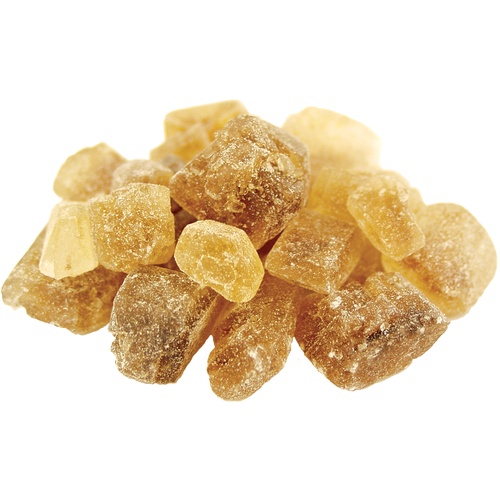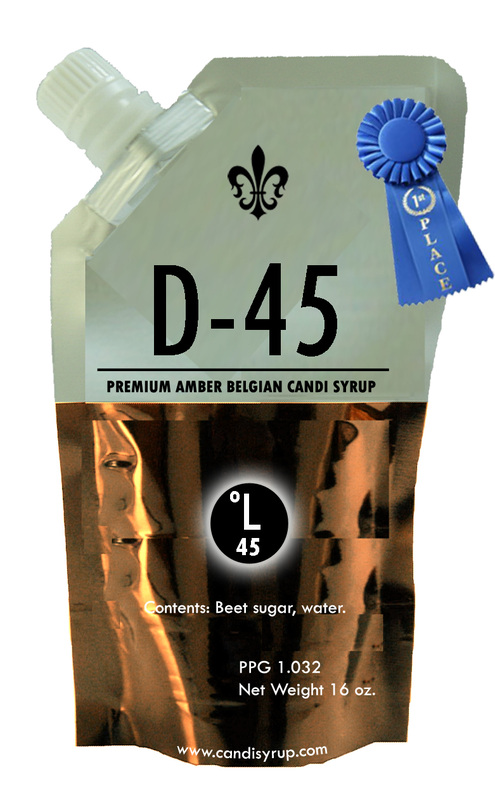SconnieBrewer
Member
I've seen the recipe for making invert sugars numbers 1, 2, and 3 on the unholymess.com blog. The process here involves inverting raw or partially-refined cane sugar with heat and acid and then developing color using relatively low heat (240 F) for prolonged times (hours). Given the low temperature, color formation is presumably from caramelization of fructose.
I've also seen various recipes for making Belgian candi sugar which involve inverting refined sugar (beet or cane) with heat and acid, neutralizing the acid and making the solution alkaline, and then heating at various temperatures for a shorter time in the presence of an amino source. Color development here is presumably due primarily to maillard reactions and to a lesser degree caramelization.
Questions:
1) Is this an accurate description of how these darker invert sugars were/are made? I.e., English invert = caramelization, and Belgian candi = maillard?
2) How does the taste compare between these sugars for a given SRM?
3) Can Belgian candi sugar/syrup be substituted for the invert sugar called for in the old English recipes?
4) What about the 1400 Lovibond "caramel" in these old English mild recipes that I've seen? Is this the same as the caramel coloring used in the cola industry? How is this different from a really dark Belgian candy syrup?
I've also seen various recipes for making Belgian candi sugar which involve inverting refined sugar (beet or cane) with heat and acid, neutralizing the acid and making the solution alkaline, and then heating at various temperatures for a shorter time in the presence of an amino source. Color development here is presumably due primarily to maillard reactions and to a lesser degree caramelization.
Questions:
1) Is this an accurate description of how these darker invert sugars were/are made? I.e., English invert = caramelization, and Belgian candi = maillard?
2) How does the taste compare between these sugars for a given SRM?
3) Can Belgian candi sugar/syrup be substituted for the invert sugar called for in the old English recipes?
4) What about the 1400 Lovibond "caramel" in these old English mild recipes that I've seen? Is this the same as the caramel coloring used in the cola industry? How is this different from a really dark Belgian candy syrup?




